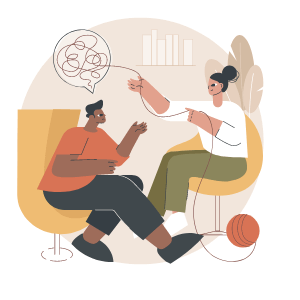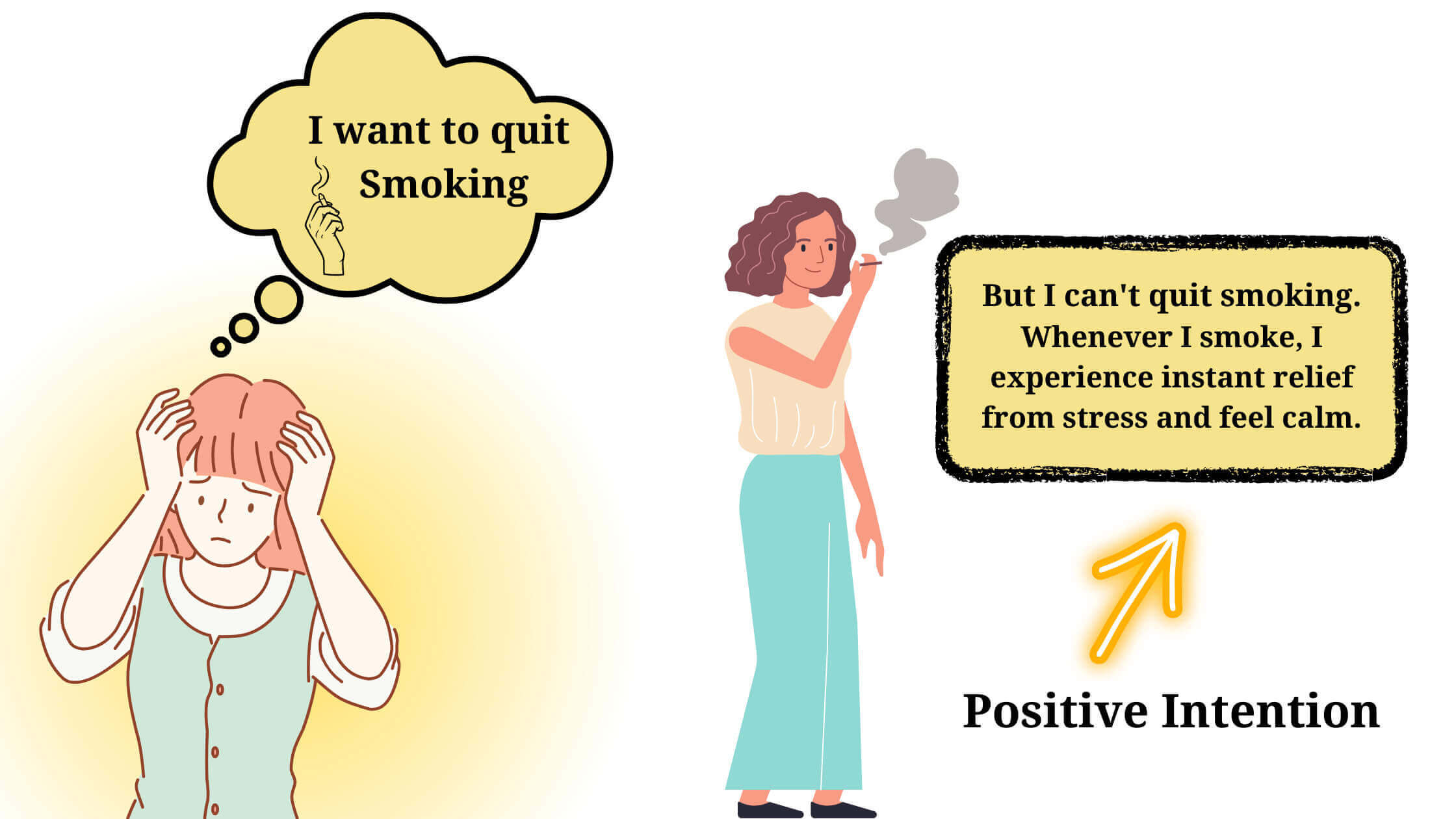What is Client Resistance?
Client resistance refers to any barrier that a client presents, either consciously or unconsciously, that impedes the achievement of therapeutic or coaching goals. When client resistance is conscious, the client is knowingly attempting to undermine the process, often indicating a misalignment between the coach or therapist’s goals and the client’s true desires.
Aligning Goals with the Client
To effectively manage conscious client resistance, it is crucial that the desired outcomes are identified and set by the client rather than the coach or therapist. When clients choose their own goals, they are more likely to be invested in the process, making conscious resistance rare.
Unconscious Client Resistance
In cases where clients willingly attend sessions and have set their own goals, resistance is typically unconscious. Unconscious client resistance often stems from secondary gains.
What is Secondary Gains?
Secondary gains refers to hidden benefits that the client derives from their current behaviour, which they are attempting to change.
Examples of Secondary Gains

- Smoking for Stress Relief: A client may want to quit smoking but finds that smoking provides immediate calm and stress relief. The benefit of reduced stress becomes a barrier to quitting.
- Psychosomatic Pains for Attention: Some individuals experience physical pain that garners attention and care from others. If the pain disappears, so does the attention.
- Comfort Eating: Clients who consume sweets may feel loved and comforted because it reminds them of how their parents expressed affection. Cutting down on sweets means losing this emotional connection.
Comfort Zone and Change
The most common form of secondary gain is the comfort of the status quo. Change requires moving out of this comfort zone, and the mind resists losing familiar benefits, which can lead to relapses.
Addressing Unconscious Client Resistance
To overcome unconscious client resistance, it is essential to recognize and address these hidden benefits. Helping clients find alternative ways to meet their underlying needs can facilitate sustainable change and prevent relapses.
Common Mistakes in Addressing Secondary Gains

A common mistake among coaches and therapists, even in widely accepted therapeutic approaches, is attempting to dismiss the importance of secondary gains by rationalizing that the benefits of new behaviours outweigh those of the current behaviours being changed.
Why Rationalization Falls Short
Rationalizing might offer temporary relief, but it fails to address the underlying benefits, no matter how minor they seem. The constant effort to rationalize can also exhaust the client over time. When clients inevitably need the benefits provided by their current behaviours, they often relapse into old habits.
Recognizing the Struggle
How often have you encountered clients who feel like they’re constantly battling themselves to sustain the changes you’re working on? They might succeed for a few days, only to relapse. Even when addressing clients’ limiting beliefs, you may find that despite your best efforts, the client struggles to change or repeatedly relapses.
Clients might intellectually understand that their current beliefs are irrational and limiting, yet the change doesn’t occur as effectively or naturally as hoped. You’ve likely wondered why this happens.
Understanding the Core Issue
The answer lies in the concept of positive intention. Secondary gains are often rooted in unconscious positive intentions that clients may not be aware of. To help clients effectively, it’s crucial to understand and address these positive intentions rather than simply rationalize them away.
A Step-by-Step Guide to Address Secondary Gains with Clients

1. Identify the Behaviour
First, help the client identify the behaviour that needs to change. Most clients are aware of this and can share it with you directly. If not, powerful questioning can help uncover the behaviour.
2. Discover Secondary Gains
Next, identify both the conscious and unconscious secondary gains behind the behaviour. Explore the benefits the client is gaining from the behaviour or what they might lose if the behaviour changes. Hypnotic techniques and metaphors can facilitate uncovering unconscious positive intentions.
3. Brainstorm Alternative Behaviours
Brainstorm a list of new behaviours that can achieve the same benefits or fulfill the same purposes as the current behaviour. Encourage the client to explore various alternatives.
4. Select Top Behaviours
Select the top 3-4 behaviours from the brainstormed list that can effectively achieve the desired benefits. Ensure these behaviours can be contextualized to fit the client’s specific situation.
5. Ensure Ecological Validity
Check whether the selected behaviours are ecological, meaning they do not create additional issues or challenges. This step is crucial to prevent new problems from arising.
6. Apply the Selected Behaviours
Assist the client in applying the selected behaviours naturally and easily. Techniques such as the “when-then” statement and anchoring can be helpful. For example, “When I feel the urge to smoke, then I will take a deep breath and focus on a calming image.”
Alternative Approach: NLP N-Step Reframing
The NLP N-Step reframing process offers a more streamlined method, often conducted with the client in an altered state. This process follows a similar flow but leverages the unconscious mind to identify positive intentions or secondary gains and alternative behaviours more effectively.
Enhancing Emotional Intelligence
Incorporating emotional intelligence into the process is vital. By understanding and addressing the emotional underpinnings of secondary gains, you can better support clients in navigating their internal resistance.
Emotional intelligence helps in empathizing with the client’s struggles, recognizing their hidden needs, and effectively facilitating lasting change.
By addressing the root causes of client resistance and secondary gains, and applying strategies grounded in emotional intelligence, you can help clients make meaningful and lasting changes without the constant internal struggle.
Integrating Secondary Gains, N-Step Reframing, and Emotional Intelligence

In Cognitive Hypnotic Coaching and Psychotherapy, understanding secondary gains, N-Step reframing, and advanced emotional intelligence is essential.
The Cognitive Hypnotic Coaching® diploma equips life coaches, trainers, and HR professionals with tools to manage secondary gains and client resistance effectively, improving client outcomes.
For psychologists, social workers, and medical practitioners, the Cognitive Hypnotic Psychotherapy® diploma offers an in-depth exploration of additional techniques to identify and address deeper emotional issues behind client resistance.
This advanced training enhances skills in addressing unconscious resistance and secondary gains, leading to more impactful and lasting results. By mastering these methodologies, professionals can better tackle client resistance and facilitate meaningful, sustainable change.

